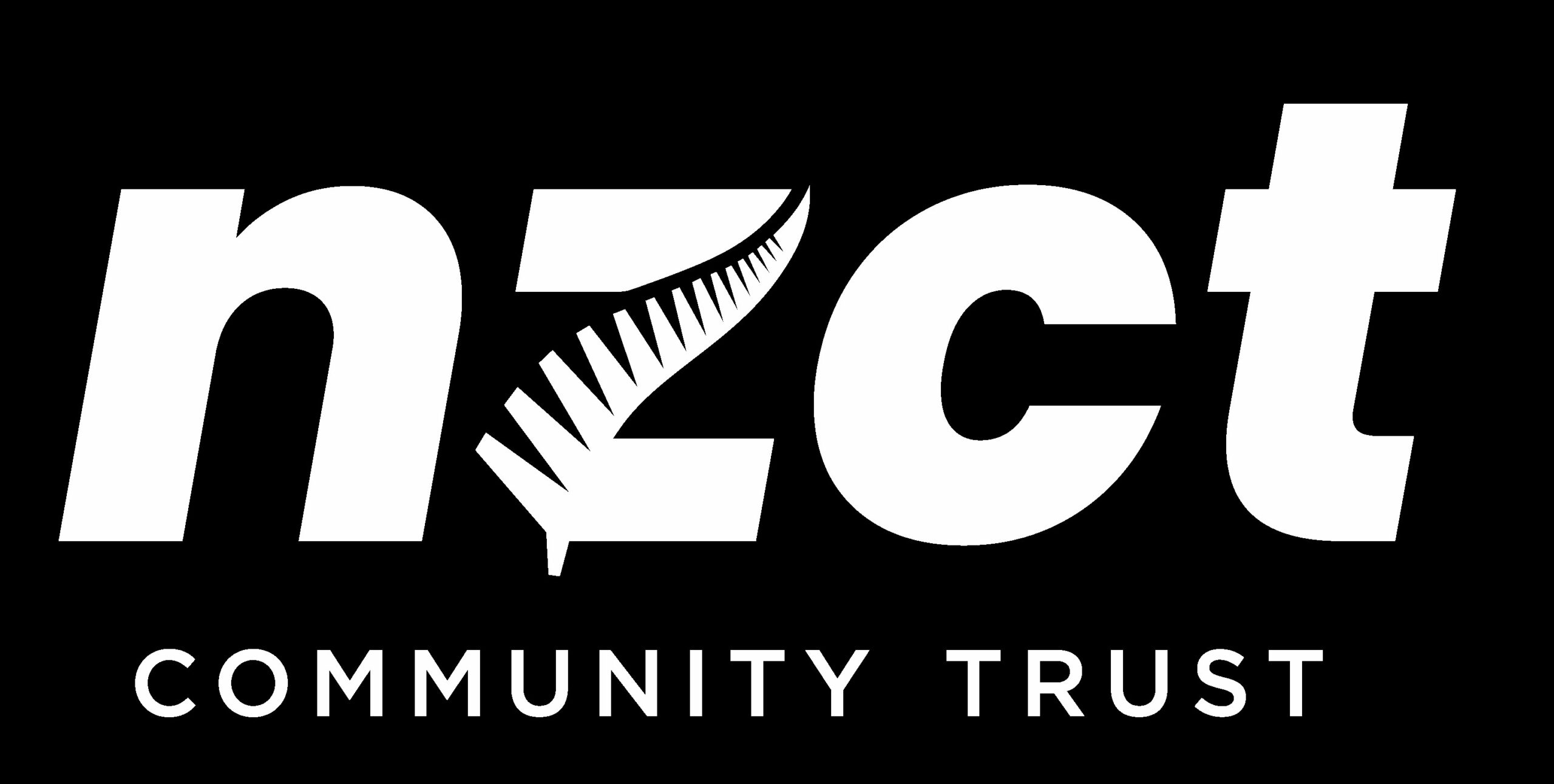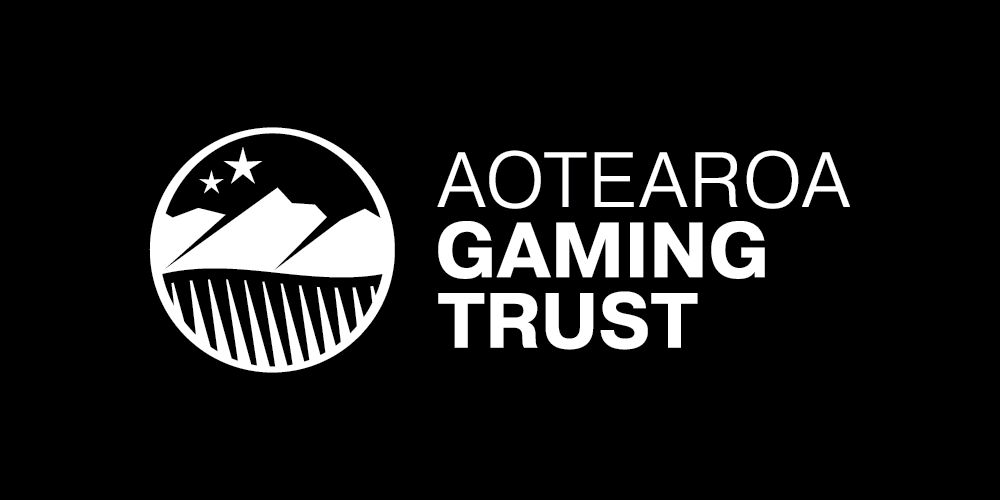As we head into the start of a New Year, it is a year we can all look forward to as we countdown to the rescheduled Tokyo 2020 Paralympic Games to be held from 24 August to 5 September 2021.
Excitement has been building up for the Paralympic Games for over four years due to the postponement of the Paralympic and Olympic Games in 2020 as a result of the COVID-19 pandemic. As we are a few months away to the Paralympic Games, we wanted to share with you 20 fun facts about the Tokyo 2020 Paralympic Games.
Here goes!
1. Tokyo is the first city to host the Paralympic Games for a second time. They first hosted the Games in 1964 – the second ever Paralympic Games to be held following on from Rome in 1960.
2. Whilst the Tokyo 2020 Paralympic and Olympic Games will both have their own distinct character and atmosphere, they will be unified as a single sporting festival conducted over 60 consecutive days.
3. There are two mascots for Tokyo 2020, one for the Olympic Games and one for the Paralympic Games. The Tokyo 2020 Paralympic Games mascot is called SOMEITY with mighty powers and cherry blossom tactile sensors. You can learn more about SOMEITY on the official Tokyo 2020 website. Both mascots are modelled on aspects of Japanese culture and were designed by Japanese students.

4. Tokyo 2020 Paralympic Games will be held from 24 August – 5 September 2021, following the Olympic Games which end on 8 August. Most events will take place within an 8km radius of the Paralympic Village. There will be two main zones – ‘Tokyo Bay’ and ‘Heritage’. The Para cycling and shooting Para sport events will be held outside of the Tokyo city centre.
5. A total of 44 hectares of land will be used for the Paralympic Village, with magnificent views over Tokyo Bay. It is located around Harumi Pier in the fast developing waterfront area of Tokyo, where the Heritage Zone and Tokyo Bay Zone of the Tokyo 2020 concept meet.
6. The Heritage Zone includes sites used during the Tokyo 1964 Paralympic Games and the Heritage Zone and Tokyo Bay area for two intersecting circles symbolising infinity. The Athlete’s Village has been built at the intersection.
7. Tokyo is widely recognised as one of the most connected cities in the world. Tokyo has 882 rail stations, within which 282 subway stations will easily transfer spectators to venues around the city.
8. Known for embracing technological advances, the Tokyo 2020 Paralympic Games will be no different. Athletes and spectators arriving in Tokyo will be greeted by robots and there are even robotic baggage assistants and a fleet of driverless cars.
9. It is anticipated an incredible 2.3 million tickets will be available for spectators to come and watch all the action at the Tokyo 2020 Paralympic Games.
10. The new futuristic National Stadium will have 80,000 seats and host the Opening and Closing Ceremonies as well as Para athletics competitions. It replaced the old National Stadium which was demolished in December 2014 to make way for construction of the new stadium which began in October 2015.
11. The Tokyo 1964 Paralympic Games featured 378 athletes from 21 countries, competing in nine sports. It is anticipated 4,350 athletes will be represented at Tokyo 2020, with 22 sports featured including Para badminton that will feature for the first time.
12. The greater Tokyo area has 35 million citizens eagerly looking forward to the Tokyo 2020 Games and aims to reinforce the change in perceptions which began in 1964. Such was the positive impact on perceptions of people with impairments in Japan that following Tokyo 1964, the Ministry of Labour built a factory to employ this group in recognition of their physical and psychological capabilities.
13. Even though Tokyo is an old city, the architecture is mostly modern due to events such as earthquakes and war time bombings destroying many of the original buildings. The climate in Tokyo is considered ‘humid subtropical’. Summers are hot and humid and winter is cool with cold periods and snow in some areas.

14. The current Paralympic motto is ‘Spirit in Motion’. This was introduced at the Athens 2004 Paralympic Games. The previous motto, introduced in 1994, was ‘Mind, Body, Spirit’.
15. The Paralympic flag has a white background with the Paralympic symbol in the centre. The symbol is composed of three crescent shapes coloured red, blue, and green. It is a symbol of movement in the shape of an asymmetrical crescent. As with the Olympic flag, the colours chosen are those represented most widely in national flags around the world.
16. The Tokyo 2020 project of turning old cell phones into medals has been an innovative move which has involved the entire country, allowing the community to contribute to the Games in a personal way.
17. According to the organisers, from 6.2 million used mobile phones collected, a total of approximately 32kg of gold was extracted and donated over 2 years. They also recovered 3.5 tonnes of silver and 2.2 tonnes of bronze.
18. 5,000 medals approximately have now been produced from recycling small consumer electronics which will be scripted in history to an environmentally friendly and sustainable Olympic and Paralympic Games, and in hope to continue the trend in the upcoming editions of the competitions.
19. For the Tokyo 2020 Paralympic Games, the design of the medal features a traditional Japanese fan motif, which depicts the Paralympic Games as the source of a fresh new wind refreshing the world as well as a shared experience connecting diverse hearts and minds. The pivot point, known as kaname in Japanese, holds all parts of the fan together representing the Para athletes bringing people together regardless of nationality or ethnicity. The vitality of people’s hearts symbolising Japan’s captivating and life-giving natural environment in the form of rocks, flowers, wood, leaves, and water have been depicted by the motifs on the leaves. The surface is created with slight differences in thickness and each natural element is portrayed with varied treatments, giving a unique feel to the touch.
20. The Tokyo 2020 Paralympic medal will also feature “Tokyo 2020“ in braille on the obverse side of the medal. A series of circular indentations are also carved on the side of the medals – one for gold, two for silver, three for bronze, making it easier to distinguish the medal types by touch, a provision that has been made available for the first time in Paralympic history for athletes with a vision impairment.



























